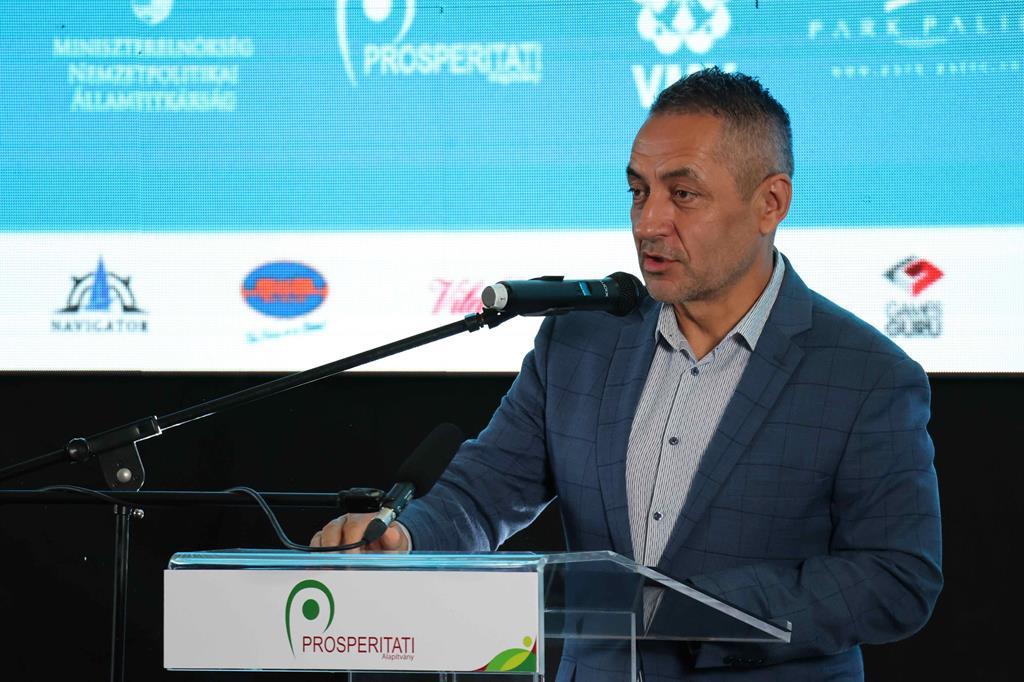Hungarian inscription adorns iconic building in Cluj-Napoca’s center

In the heart of Cluj-Napoca, Transylvania, one cannot ignore the metamorphosis underway at the former Hotel Central (Központi Szálloda). Recently purchased by Sapientia Hungarian University of Transylvania (EMTE), this iconic building is undergoing a revival, with the bilingual inscription reinstated to breathe new life into its historic charm.
Renovation of the former Hotel Central
The historic city of Cluj-Napoca is witnessing a transformation as the former Hotel Central (Központi Szálloda), later known as Melody, undergoes extensive renovations, as reported by Kronikaonline.ro. Purchased in 2020 by the Sapientia Hungarian University of Transylvania (EMTE) foundation, the iconic building located in the Main Square is set to regain its former glory.
Acquisition by Sapientia EMTE
Dean Dezső Szenkovics, from the Faculty of Sapientia Hungarian University, expressed optimism about the ongoing renovation in a recent social media post. The Sapientia EMTE foundation, responsible for the private Hungarian university in Transylvania, aims to breathe new life into the once emblematic structure, turning it into a vibrant hub for cultural and educational activities.
Restoration of bilingual inscription
One notable addition to the building is the restoration of the original bilingual inscription in Hungarian and Romanian. The inscription, an ode to the building’s rich history, brings back a sense of heritage to the Magyar Street (Bulevardul 21 Decembrie 1989), where the iconic hotel stands.
The renovation involves a comprehensive overhaul of the interior and exterior. The entire roof structure, façade, basement, ground floor, and first floor are undergoing meticulous restoration. The Hungarian government, through the Bethlen Gábor Fund Management Company, is providing financial support, with an estimated value of approximately RON 6 million (EUR 1.2 million) excluding VAT.
Changing the purpose of the building
Dean Dezső Szenkovics revealed that the extensive modernization will also alter the building’s purpose. The basement will serve a place for dance parties, small folk music concerts, exhibitions, and various events. The ground floor, once the hotel’s kitchen, will host educational activities of the Transylvanian House of Traditions. They will transform the former restaurant into a community space for conferences, exhibitions, and concerts.
As the renovations progress, the first floor will house offices, teaching spaces for Sapientia EMTE Folk Dance Department, and a dance studio. Meanwhile, the second floor will uphold the tradition of hosting guest rooms for visitors affiliated with both institutions. This preservation effort aims to maintain the building’s historical significance.
Historical significance
Built in the first half of the 19th century, the two-story building occupies the north-east corner of Cluj-Napoca’s main square, adjacent to the Bánffy Palace. It initially functioned as a financial institution and shops before undergoing conversion into a hotel in 1872. Over the years, the Pannonia Hotel, subsequently renamed the Hotel Central (Központi Szálloda), welcomed distinguished guests such as Mór Jókai, Johannes Brahms, and Ferenc Liszt. The building underwent a significant renovation in 1891, assuming its present historicist form.
Anticipated completion
The ambitious renovation project is slated for completion in December. It marks the dawn of a new era for the former Hotel Central (Központi Szálloda). Once the scaffolding is removed, the building will be unveiled as a cultural and educational cornerstone. It will contribute to the vibrant tapestry of Cluj-Napoca’s city center.
Read also:





























